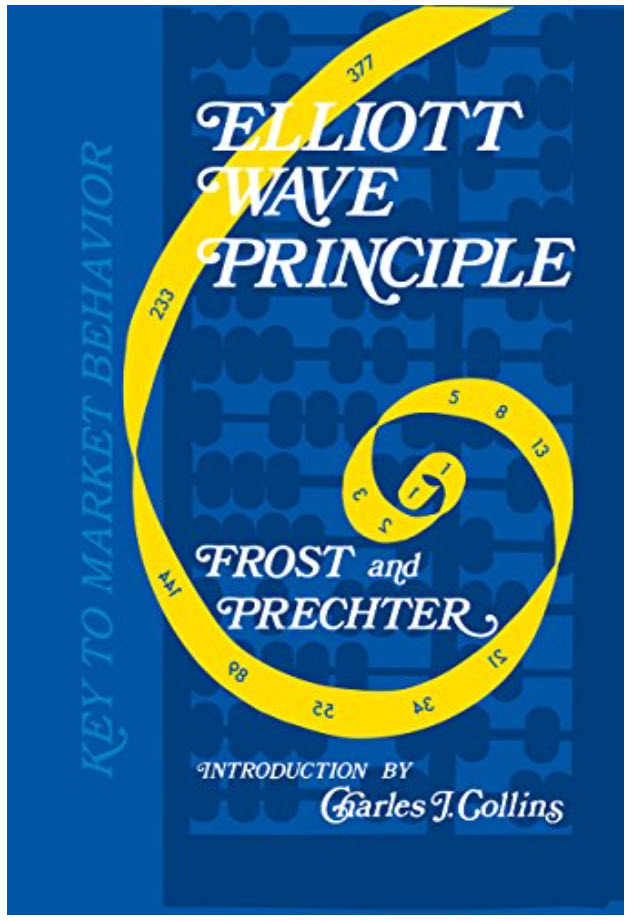Elliott Wave Analysis of the US Dollar Index (DXY) by Sid from ElliottWavePredictions.com. Click on the chart twice to enlarge.
While the 240 minute bullish divergence shown in yesterday’s chart of the US Dollar Index portends an imminent turn toward US Dollar strength, close inspection of the wave structures since the orange wave 3 bottom on August 23rd suggests that a wave 4 triangle is underway. Triangles eat up time while they continue to narrow, and then culminate with a sharp, terminal thrust. If this is a triangle that is developing, and I’m seeing the same look in the USD/CHF currency pair, all of the hype about a pick-up in volatility due to the EU announcement in a few hours and friday’s NFP report may disappoint. The thrust probably won’t occur until sometime next week.
There is a cluster of three strong targets for the end of the correction in the US Dollar that started June 1. Wave C green will equal Wave A green times 1.618 at 80.67. Just a bit below that at 80.49 is the .618 retracement of the entirety of wave 1 blue, which lasted from May 1 through June 1. Additionally, there is a less likely target at 80.3, where pink Y will equal pink W times 1.618. If the DXY moves more quickly to the downside, moving lower than the extreme of wave B purple at 80.96 without giving a perceptible wave E of the triangle, I can see a potential (but less common) alternative structure: an ending expanding diagonal starting at the August 28 high. If that alternate interpretation is correct, the DXY which would move below 80.88 without a significant bounce, likely reaching the fibonacci target zone this week, and possibly within just a few hours.
Once the trend of dollar strength resumes, which would initially be confirmed with the DXY moving above the extreme of purple wave C at 81.67, the next phase for the US Dollar should be an aggressive move toward 90, and potentially well beyond. This is because expanded flats in a wave 2 position are commonly followed by extended wave 3’s. This development would correlate nicely with my wave counts for the Euro and Pound, which are nearing more aggressive sections of the thrusts out of their respective 3-year-long triangles.
P.S. Technically, the pattern shown on the chart above isn’t an expanded flat. It is a WXY double zigzag in the shape of an expanded flat. (Wave X made a new extreme in the direction of the trend, extending exactly to a 1.236 fibonacci relationship with wave W, and Wave Y has already moved beyond the extreme of wave W.)



